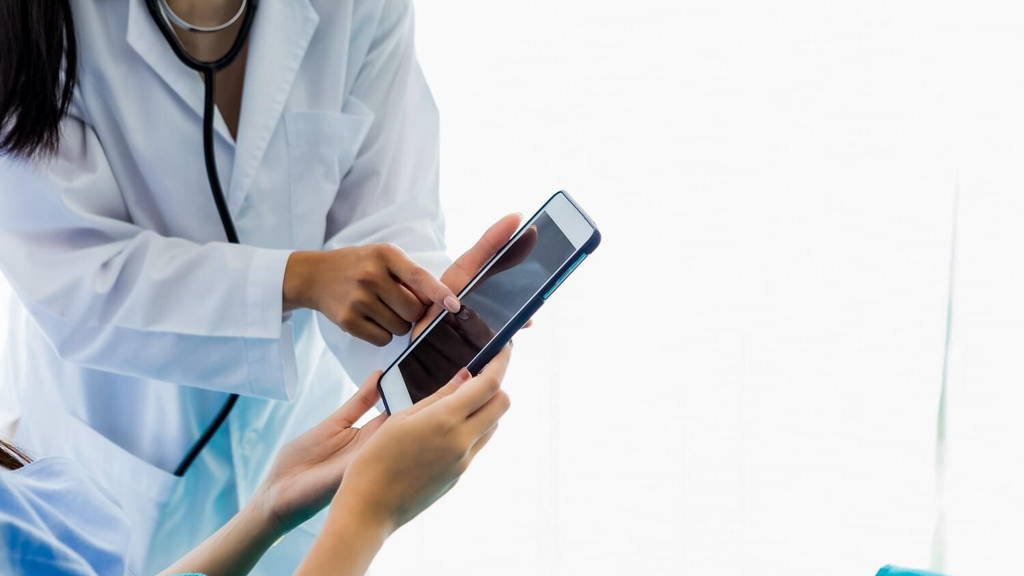Telemedicine is more than just communicating with a patient by phone or video. The lack of real contact limits the scope of action, such as by physical examination or observation of the patient's behaviour. The secret of efficient telecare lies in implementing appropriate technological solutions and having well-designed procedures for remote interactions with the patient.
If a medical facility is familiar with the legislation concerning telemedicine – and has determined the demand for equipment and staff – the next step is to choose the right software. Today there is a wide range of telemedical systems available on the market. Critical is the integration with the existing IT systems used to schedule appointments and keep electronic medical records. The same appointment schedule should give patients the option to choose between telemedicine and a visit to the doctor's office. What also must be considered is the optimal way of scheduling these two types of consultation, keeping one rule in mind: telecare can be more engaging than a traditional visit.
Apart from safe data transmission and excellent connection quality (Internet speed), a suitable system should also have other practical functions. For example, it should enable the patient to upload the medical records needed for a consultation before it is scheduled. Managing each appointment should be as easy and intuitive as possible because patients differ in their degree of digital literacy. This includes confirming or cancelling an appointment, the type of connection required, and how the doctor can provide the patient with all the necessary documents. Most of the systems have a virtual waiting room, opened for the patient a few minutes before the visit starts.
The logistics of preparation
In the "Telehealth Implementation Playbook" by the American Medical Association, clinics or doctors are advised to ask other medical facilities from their network for the recommendation. The AMA also suggests evaluating a vendor across six variables: business (trust, financial stability, experience), information technology (integration with your current IT ecosystem, system quality and capabilities), security (compliance with local laws, patient authentication, third-party audits), usability (user experience for patients and doctors, arranging the appointments, billing, and payout), customer service (implementing, training, technical support available to patients) and clinical validation (research published in journals, etc.).
Before you start providing online services to patients, it is worth planning the workflow. You should think about patient authentication, determine the rules for telehealth appointments, and specify under what circumstances they are permissible. It's necessary to prepare an appropriate location (good lighting, silence, neutral background) and technical conditions (computer, high-speed Internet connection, camera), and identify possible improvements to make appointments more comfortable.
Step by step to a diagnosis
Before the first appointment, the patient should be given technical instructions (how to install the required software or mobile application, and how to test the system) and tips on how to prepare for the appointment, so that the doctor does not need to provide technical support and the consultation goes smoothly. The patient also needs to prepare or upload any documents required (laboratory test results, medical records, the patient's own notes, and measurements, etc.) and to describe their symptoms and observations. Some systems can provide a preliminary health assessment using symptom checkers. The patient can fill in the questionnaire without haste before the appointment, so the doctor gets answers to standard questions and can instead focus on in-depth medical history. Assuming that the patient may want to send medical images, you need to consider the option of transferring large files through your system.
Telehealth allows health care providers to increase continuity of care
The actual appointment starts with a verification of the patient's personal data. The doctor checks the connection quality and informs the patient about medical confidentiality and privacy, the nature of the visit, and its limitations. Checking the available medical records and recommendations from the previous appointments makes it easier to maintain contact with the patient. The overriding rule is to treat a telehealth appointment as seriously as a traditional one. It is not an alternative or temporary solution; it is part and parcel of practising the medical profession.
When the doctor has communicated the final recommendations and diagnosis, it is essential to ask the patient to repeat them or confirm that they have been understood. The doctor has to be ready for unusual situations, such as an annoyed patient (for example, by technical problems), a patient that requires urgent assistance. Telemedical services and online communication are a completely different form of interaction between the patient and the doctor. They depend on close cooperation, trust, and the patient's belief that they will receive suitable advice, based on the doctor's best medical knowledge and full attention.
The appointment ends with the issuing of necessary documents, such as an e-prescription or sick note, and updating the electronic medical records, just like after a regular visit.
Evaluating the process
Telehealth appointments have many advantages, such as increasing the accessibility of consultations and reducing some costs. There are many additional and convincing benefits. For example, teleconsultations ensure the equality of the patient and the doctor. The patients remains in their own environment – at home. The doctor can contact patients more frequently, to inform them about test results or to inquire about their health. Patients have to make more effort and prepare themselves for appointments (patient engagement and empowerment), which also has a positive impact on partner-like interactions in the treatment process. The availability of the doctor increases and patients feel that they can talk to an expert whenever they consider it necessary, without postponing the consultation, as is often the case with the traditional model. After completing the virtual visit, the system should ask the patient for feedback to help make further improvements.








